Planting Technology Lists
-
Seedling raising method of snow bonsai in June
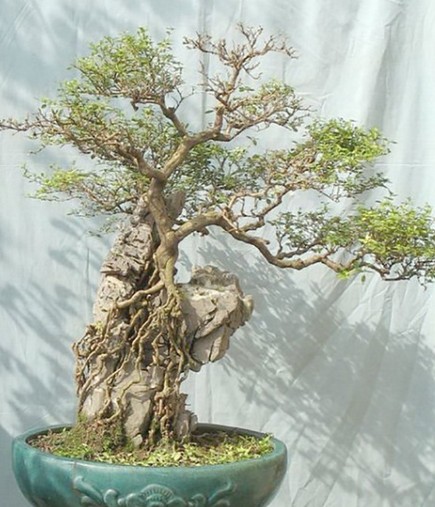
The production of snow bonsai in June can be propagated by cutting method or split method. The split method, in which new individuals are obtained by separating the sprouting plants of June snow, is usually carried out in March in spring. Propagation is mainly based on cuttings, and natural old piles can also be used. Softwood or hardwood can be used in cuttings. Softwood cuttings are carried out in early summer every year.
2019-06-13 -
Pruning methods of bonsai of fruit trees in winter
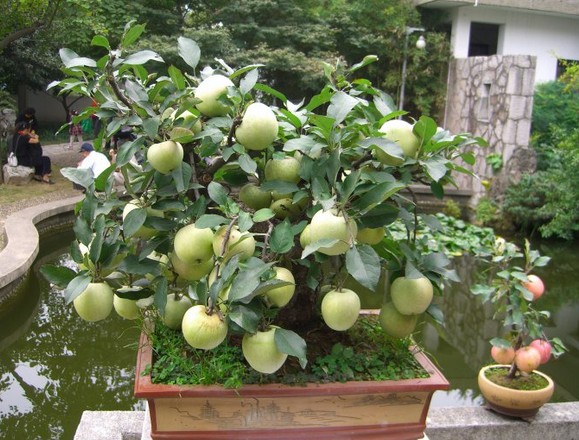
Winter pruning, also known as dormant pruning, is the pruning of the dormant period from the fallen leaves of fruit trees to the sprouting of spring flower buds. At this time, most of the nutrients of the so-called winter pruning trees have been transferred from the branches and leaves to the main branches and roots of the fruit trees for storage. Pruning causes the least nutrient loss and less damage to the fruit trees.
2019-06-13 -
Cultivation of Caragana bonsai
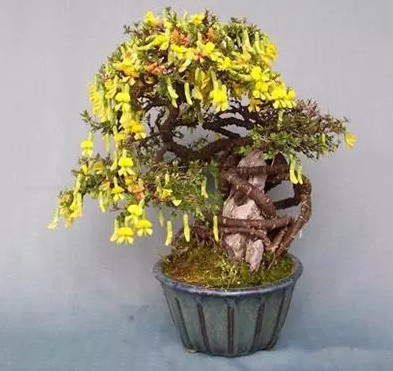
Caragana arborescens is generally propagated by sowing. The seeds of Caragana are mostly ripe in early August. When the fruit turns dark yellow, it should be picked in time. If it is picked too late, the seeds will collapse due to pod burst and it is not easy to harvest. Put the harvested pods in the sun to dry, so that the seeds fall off naturally.
2019-06-13 -
Processing and Modeling Technology of Honeysuckle Bonsai
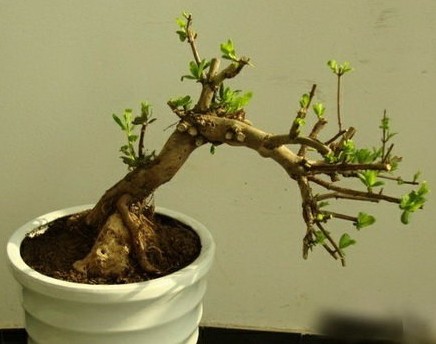
Honeysuckle is a temperate and subtropical tree species, which is sunny, shade-tolerant, cold-tolerant, drought-tolerant and moisture-tolerant, and can adapt to both acidic and alkaline soil, but likes loose and fertile neutral sandy loam. It has strong nature, developed root system, strong sprouting ability, light plant, graceful posture and elegant old pile.
2019-06-13 -
Seedling raising technique of Honeysuckle Bonsai
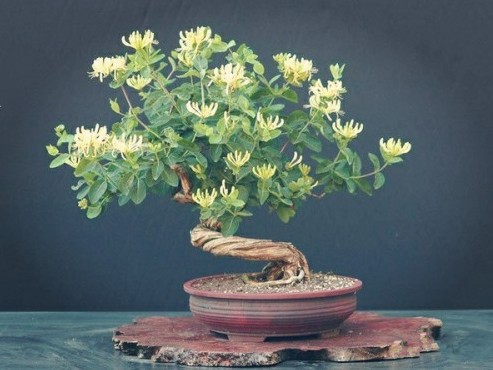
Honeysuckle is used as park hedge, fence, balcony, flower gallery, flower rack and other three-dimensional greening in gardens, as well as ground cover materials for soil and water conservation, wind prevention and sand fixation. Honeysuckle not only can be planted on the ground, but also can be used as a potted ornamental. There are three culture methods of honeysuckle: seed culture, strip culture and cuttage culture.
2019-06-13 -
Pruning skills of Honeysuckle Bonsai
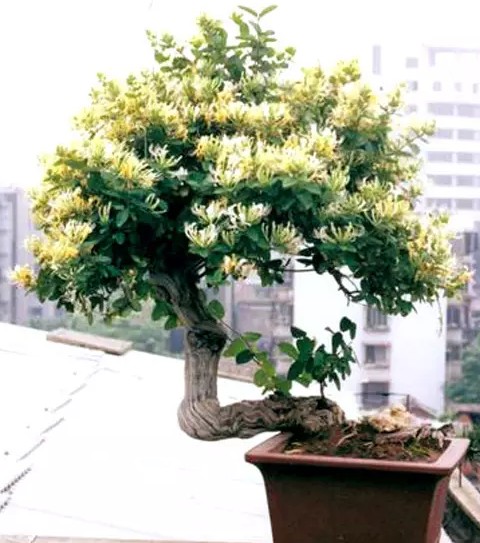
Honeysuckle is strong in nature, it can take root as soon as the stem hits the ground, and the bare root can be transplanted, and the excavated old pile is easy to survive without fibrous root. From the beginning of pot planting, dwarfing, shaping and pruning was carried out and cultivated into thick, dry and short branches. During the growing period, remove the buds with exuberant growth, pick the hearts of the strong branches early, and keep them short when pruning. By shaping and pruning
2019-06-13 -
Watering method of crape myrtle bonsai
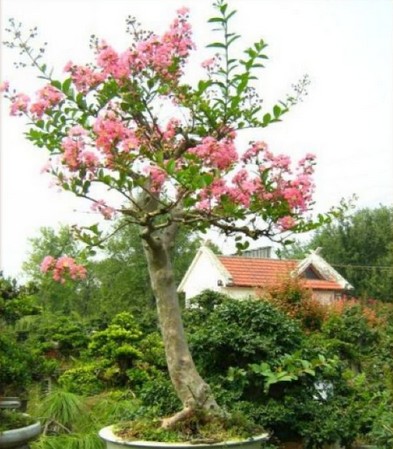
Crape myrtle bonsai is fond of light and is generally grown under sunny and well-ventilated conditions. But crape myrtle also likes to be moist and afraid of waterlogging, so watering should be appropriate. Too much watering will cause stagnant water, which will cause crape myrtle to rot and die. But if the water is not replenished in time, the growth will be suspended or withered due to lack of water.
2019-06-13 -
Fertilization skills of crape myrtle bonsai
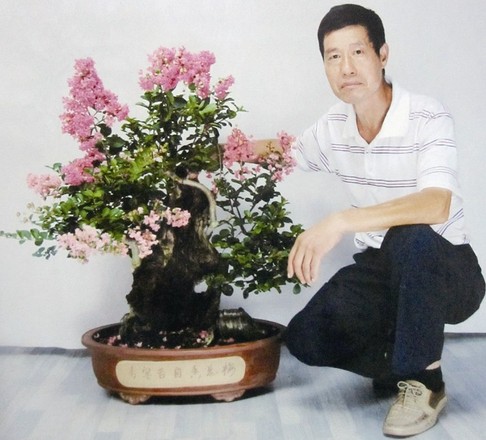
Crape myrtle should apply a slightly thicker organic fertilizer as base fertilizer after autumn, but generally speaking, crape myrtle pile should not apply heavy fertilizer to prevent branches from growing too much. When applying crape myrtle, attention should be paid to the combined application of nitrogen and phosphorus fertilizer. Rotten fertilizer is applied every half a month during the growing period. Nitrogen fertilizer should be applied once after each pruning.
2019-06-13 -
The method of pruning and shaping of crape myrtle bonsai
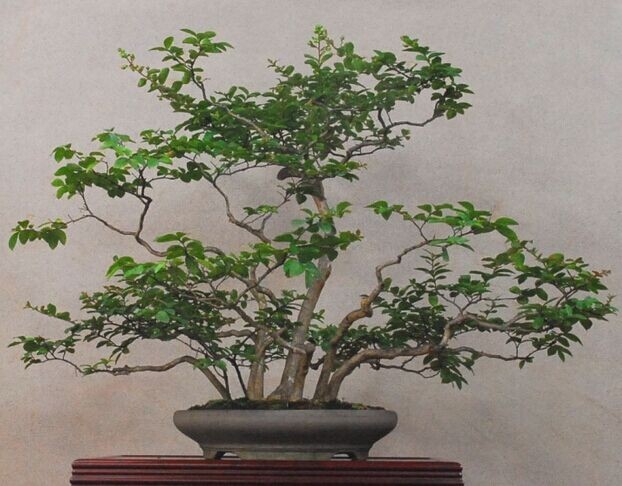
Crape myrtle is resistant to pruning, strong branching ability and large shoot growth. Therefore, the residual flowers should be cut off after flowering, which can prolong the flowering period and cut off the overgrown branches, overlapping branches, crossed branches, radiant branches and diseased branches at any time so as not to consume nutrients. Pruning and shaping: 1. Pruning and shaping of general crape myrtle bonsai
2019-06-13 -
Notes on Fertilization of Pine Bonsai
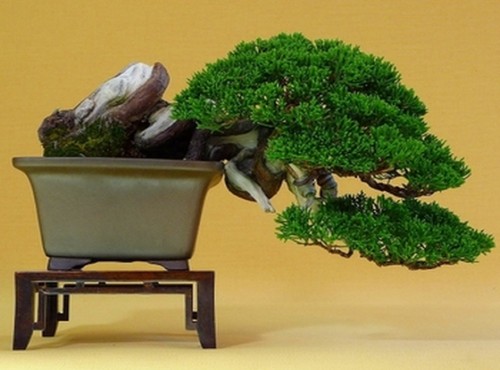
After applying organic fertilizer for a few days, white mycelium can often be seen growing from the fertilizer, which is mostly considered to be that the fertilizer is not completely decomposed. After decomposition, the raw material will become powder. For some reasons (maybe bagging, ease of application, aesthetics, etc.), the manufacturer will make the fertilizer into granules. In this process,
2019-06-12
